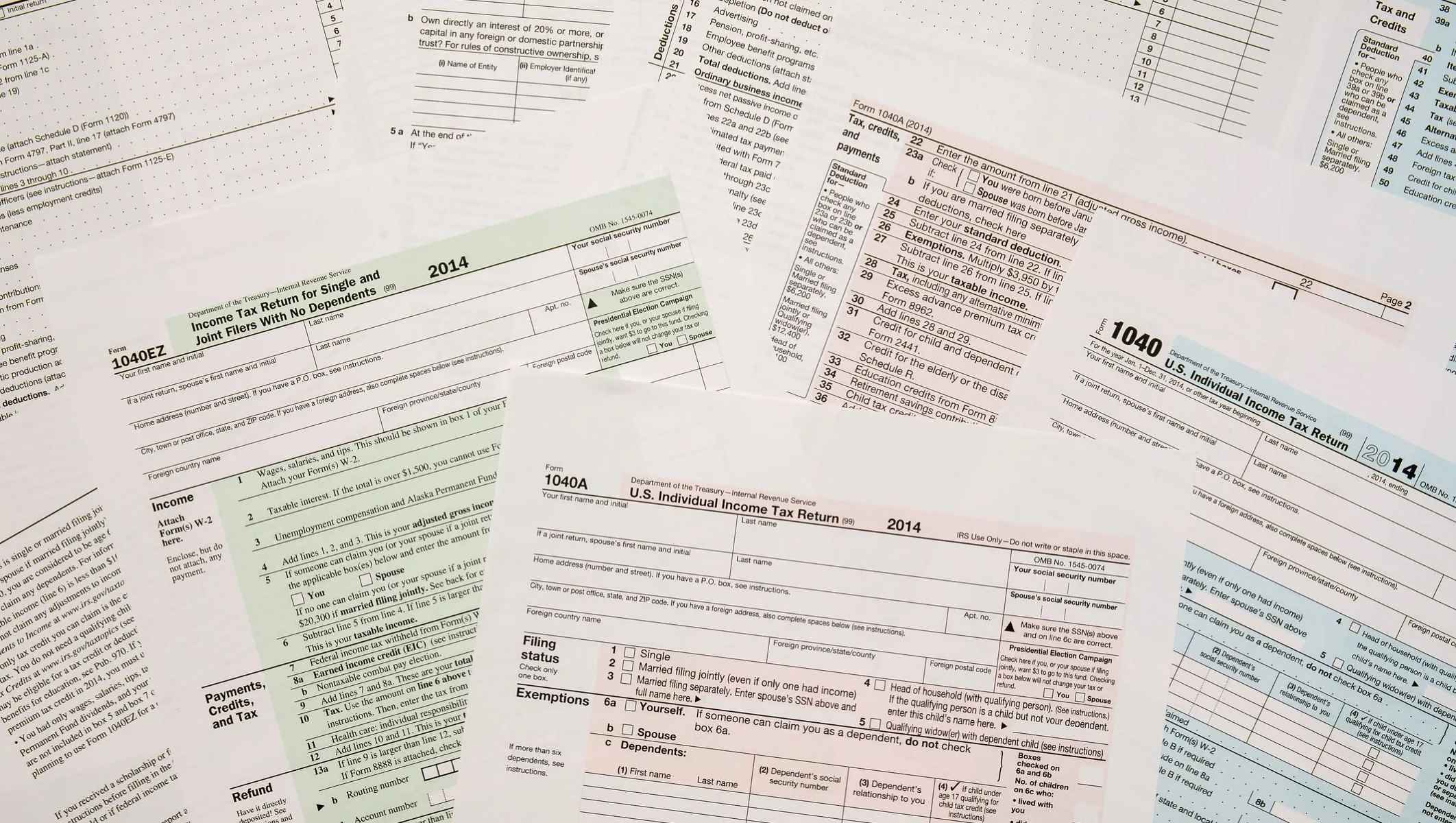

Finance
Drip Pricing Definition
Published: November 14, 2023
Discover the meaning of drip pricing in finance and how it affects consumers. Learn to navigate this pricing strategy and make informed financial decisions.
(Many of the links in this article redirect to a specific reviewed product. Your purchase of these products through affiliate links helps to generate commission for LiveWell, at no extra cost. Learn more)
What is Drip Pricing and How Does it Impact Your Finances?
Finance can be a complex and ever-changing topic, but it’s crucial to stay informed on key terms and concepts that can affect your financial well-being. One such concept is drip pricing, a practice that has gained attention in recent years. In this blog post, we will dive into the world of drip pricing, exploring its definition, implications, and how it can impact your finances.
Key Takeaways:
- Drip pricing refers to a deceptive tactic used by businesses where the initially advertised price does not include all the mandatory fees or charges.
- This pricing strategy can mislead consumers into thinking they are paying a lower price than they actually are and can lead to unexpected and higher expenses.
So, what exactly is drip pricing? Drip pricing is a marketing technique employed by some businesses where the advertised price of a product or service fails to include all the additional fees or charges that may be mandatory or necessary for the purchase. These additional costs are then revealed during the checkout process, potentially catching unsuspecting customers off guard.
Imagine finding a great deal online for a hotel stay, advertised at a jaw-droppingly low price. You proceed to book the room, only to discover during the payment phase that there are hidden charges like resort fees, booking fees, or mandatory add-ons that significantly increase the total cost. This is a classic example of drip pricing.
So, how does drip pricing impact your finances? Here are a few ways this practice can affect your wallet:
- Higher Expenses: Drip pricing can result in customers unknowingly paying higher prices for products or services than initially anticipated. This can disrupt budgeting plans and lead to financial strain.
- Limited Price Comparisons: When drip pricing conceals essential charges in the initial advertised price, it becomes challenging for consumers to make accurate price comparisons between various businesses. This lack of transparency can restrict your ability to make informed financial decisions.
- Decreased Trust: Drip pricing erodes consumer trust as it gives the impression that businesses are trying to deceive or mislead their customers. This can create negative associations with the brand and impact future decision-making processes.
Fortunately, there are steps you can take to protect yourself from the effects of drip pricing:
- Read the Fine Print: Take the time to carefully read through the terms and conditions, including any additional fees or charges, before making a purchase. Understanding the full cost upfront can help you avoid any surprises later on.
- Compare Total Costs: Instead of solely focusing on the initially advertised price, compare the total costs of different options. Look for businesses that provide transparent pricing, so you can make more informed decisions.
- Check Reviews: Research the reputation of businesses you are considering before making a purchase. Look for feedback from other customers regarding their experiences with hidden fees or unexpected charges.
Being aware of drip pricing can help you navigate the financial landscape more effectively and avoid any unpleasant surprises. By staying informed and taking the necessary precautions, you can protect yourself and make more informed financial decisions.
In conclusion, drip pricing is a practice that can have a significant impact on your finances. Understanding its definition and implications empowers you to make informed decisions and protect yourself from hidden costs. By being proactive and advocating for transparency, you can assert greater control over your financial well-being.














